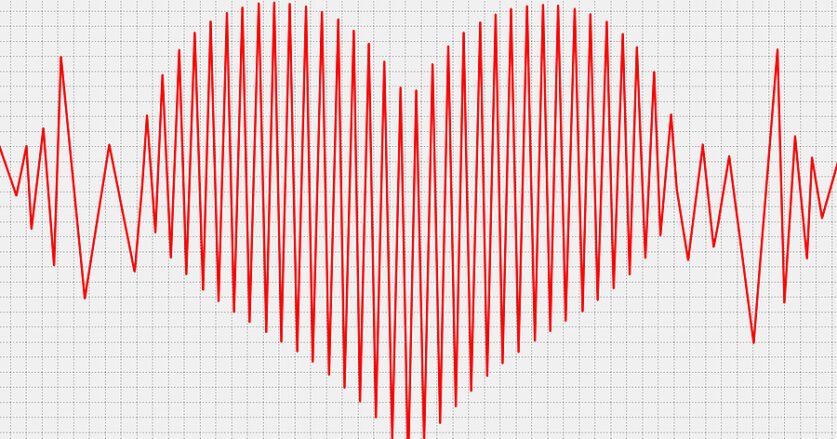Call Us Now1-800-414-2174


Wellness Tip of the Month
Preventing Cardiovascular Disease
Cardiovascular disease (CD) resulting in heart attacks and strokes remains the leading cause of death among Americans today. CD affects about 84 million people in this country causing, on average, about 2,200 deaths a day. This statistic translates into one death every 40 seconds! (John Hopkins University). Obesity, poor eating habits, smoking, lack of exercise, mental stress, age and genetics are all well–known contributing factors. Although we cannot control genetics, lifestyle changes such as eating healthier, controlling weight, exercising regularly, and managing stress are all important ways to reduce your risk for CD.
In addition to making healthy lifestyle changes, getting regular medical exams (physicals) to assess your health status is very important. Having your blood tested on an annual basis, especially as we age, can provide important information about your level of risk for developing CD. For example, tests for levels of serum LDL (the so-called “bad cholesterol”) and triglycerides, both indicators of risk for CD when elevated in your blood, are standard tests in a blood analysis. However, there are additional tests that can identify risk for CD which may not be conducted in a standard blood analysis unless specifically requested by the patient and/or ordered by your doctor.
High elevations in certain proteins have been associated with an increased risk of CD and can create toxic blood. This is more common as we age. Consequently, if you feel that you may have increased risk of cardiovascular disease (particularly if this disease runs in your family) ask your medical doctor if one or all of the following tests should be added to your standard blood analysis:
Toxic changes in the blood can occur with age. Therefore, these additional tests are worthy of consideration as we enter our senior years.
WorkSaver Employee Testing Systems 478 Corporate Dr. Houma, LA 70360
![]()